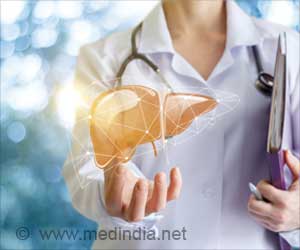A new study indicates that state regulatory agencies face barriers and often take limited action when confronted with public health concerns.

"Despite the well-established health risks associated with living and working near industrial food animal production operations, regulation of these sites is limited and characterized by a patchwork of different regulatory approaches from state to state," said Jillian Fry, PhD, MPH, a project director at the Johns Hopkins Center for a Livable Future. "Common across most states, however, is delegating the permitting to an agency without a primary mandate to address public health, which raises concerns that public health issues may not be adequately monitored or addressed. Our study found that permitting and agriculture agencies'' response to health-based industrial farm animal production concerns are constrained by narrow regulations, a lack of public health expertise, and limited resources. In addition, most agency staff believed health departments should play a role in addressing citizen concerns related to industrial food animal production operations."
Researchers conducted semi-structured qualitative interviews with staff at 12 state agencies in seven states. The agencies were selected based on high volumes of industrial food animal production or a rapid increase in the number of industrial food animal production operations within their state. The interviews were conducted to gather information regarding agency involvement in regulating operations, the frequency and type of contacts received about public health concerns, how the agency responds to such contacts and barriers to additional involvement.
Previous studies have shown air near animal production sites to contain hydrogen sulfide, particulate matter, and allergens. Exposure to these emissions has been associated with multiple respiratory, cardiovascular and neurological health problems. A 2013 publication by Fry et al. indicates that despite being contacted by citizens regarding health concerns associated with industrial food animal operations, state and local health departments also played a limited role in addressing health issues. Health department staff cited limited staff resources, lack of expertise or training, jurisdictional issues, and political pressures for their lack of action.
"Combining these results with previously published findings on barriers facing local and state health departments in the same states reveals significant gaps between these agencies regarding public health and industrial farm animal production," suggest the authors.
Fry notes, "There is a clear need for regulations to protect public health and for public health professionals to provide complementary expertise to agencies responsible for regulating industrial farm animal production operations."
The research was supported by the GRACE Communications Foundation.
Source-Newswise
 MEDINDIA
MEDINDIA



 Email
Email





